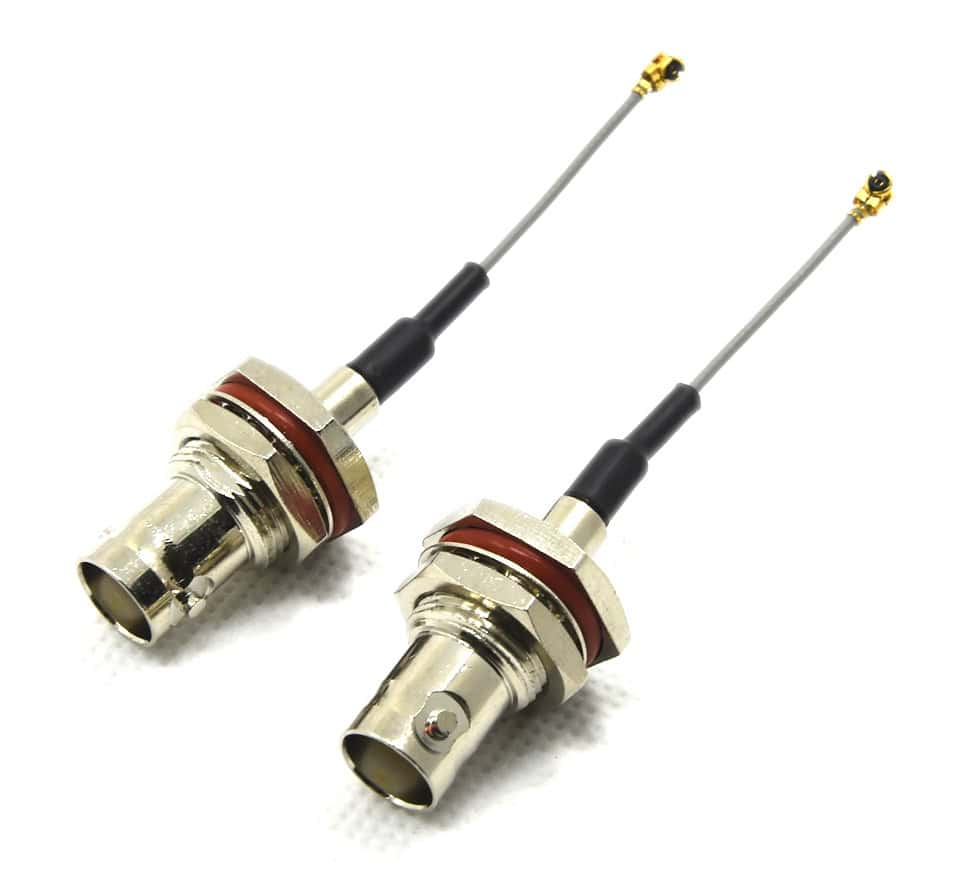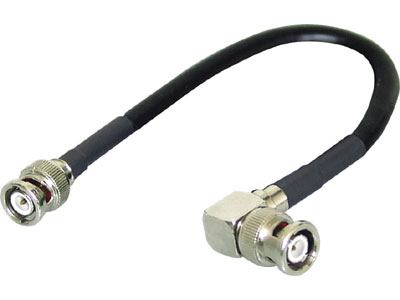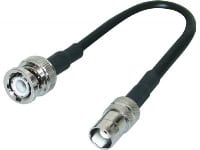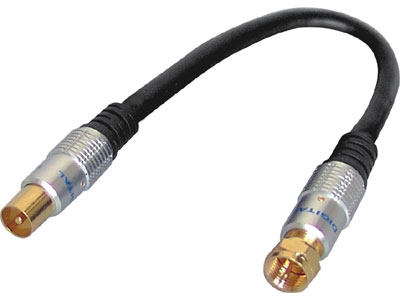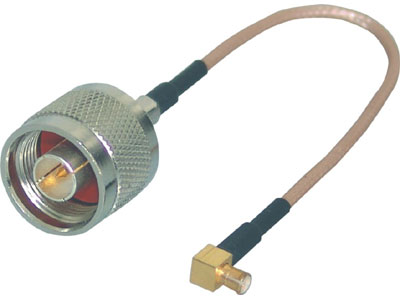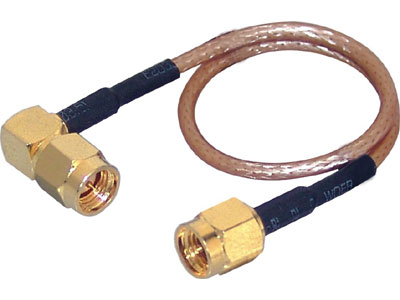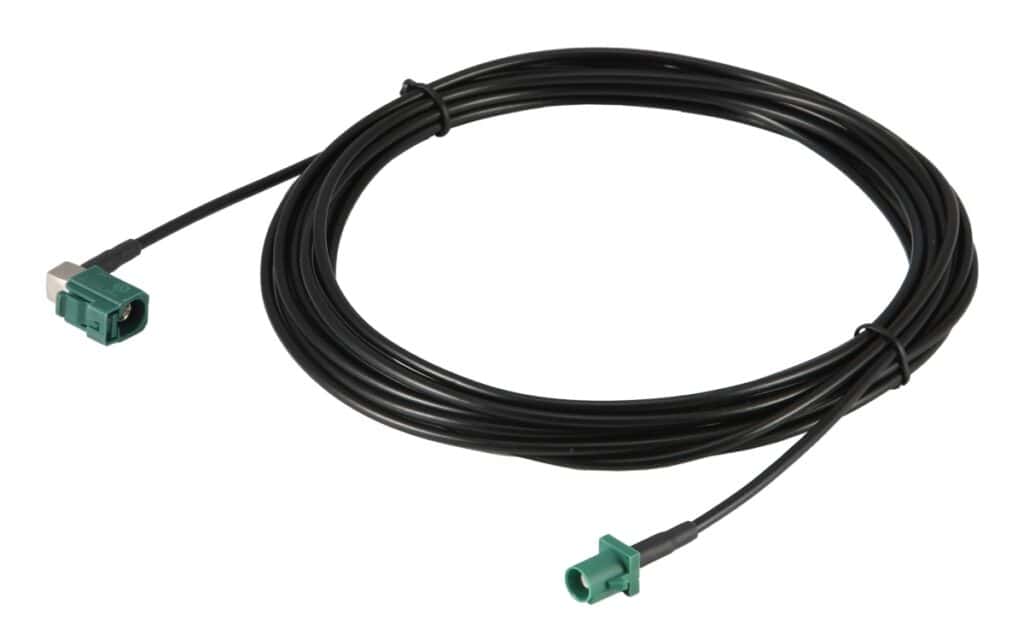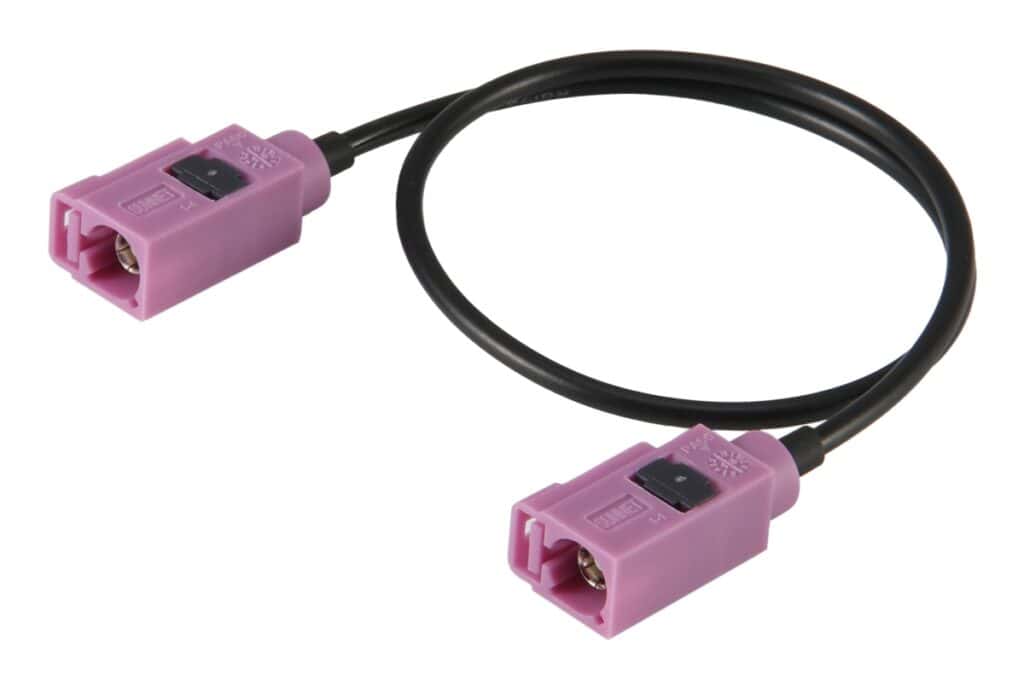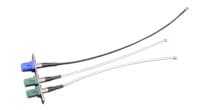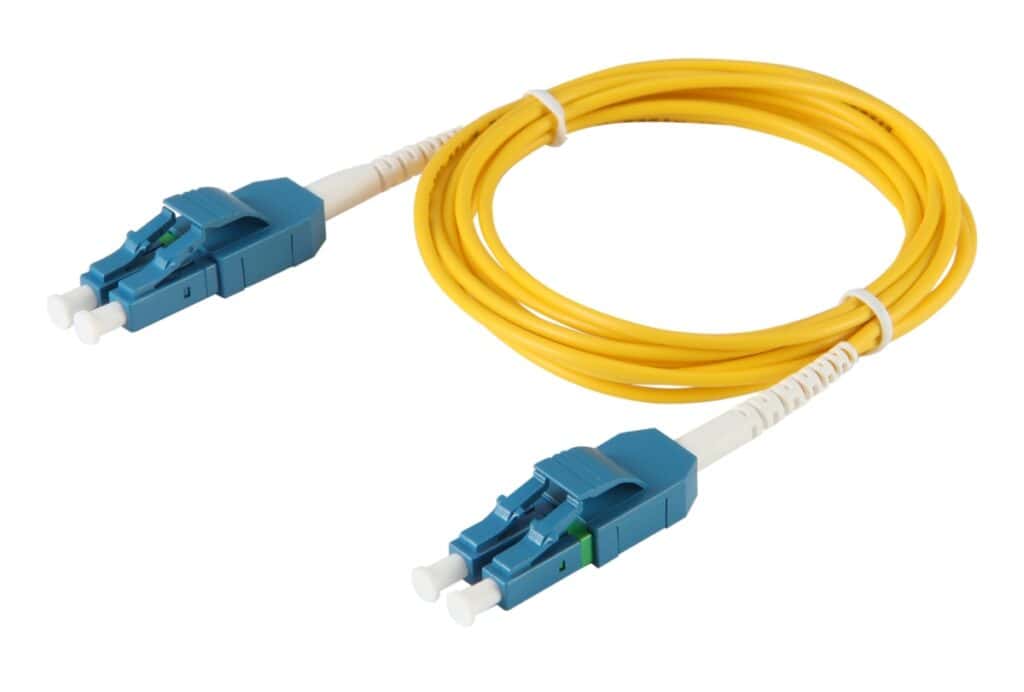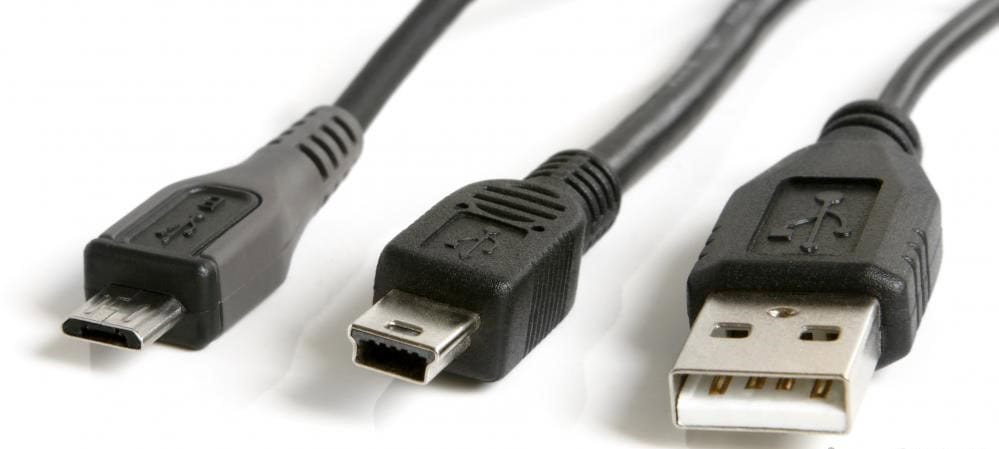RF Connectors- SMA-SMB-SMS/N/F/BNC
“Radio Frequency” cables, are wires that transmit radio signals in electronic systems. They are a key component of many devices, including televisions, computers, and medical equipment.
RF cables carry signals from one point to another without losing quality. They prevent outside signals from disrupting the transmitted signal. The outer layer of the cable protects it from physical damage.
Types of RF cables:
Coaxial cables: The most common type of RF cable, coaxial cables are used for cable TV, internet connections, and digital audio systems.
Twinaxial cables: Have two central conductors.
Triaxial cables: Have three central conductors.
RF cables are used in wireless communications, broadcasting, television, radar, navigation, computers, and other instruments.
Fakra Assemblies-Color Coded
These connectors are RF connectors used to connect devices in vehicles, such as cameras, antennas, and GPS receivers. They are designed to be robust and reliable, even in harsh conditions.
FAKRA connectors are used in systems that require real-time data transmission from multiple sources, such as cameras and sensors.
FAKRA connectors transmit RF signals for in-vehicle Wi-Fi, Bluetooth, GPS, and satellite radio.
FAKRA connectors have color-coded markings to help prevent plugging mistakes and have a locking mechanism to prevent accidental disconnection.
FAKRA connectors are designed to withstand vibrations, moisture, and temperature fluctuations.
Fiber Optic Cables- LC/SC/ST/MTP/UPC
These are cables that transmit data as light pulses along glass fibers. They are used in telecommunications, industrial communications, and other applications. Types LC/SC/ST/MTP/UPC
Differences:
CAT 5 cables have a bandwidth of 100 MHz and can support speeds of up to 10/100 Mbps. CAT 6 cables have a bandwidth of 250 MHz and can support speeds of up to 10 gigabits.
CAT 5e cables have one and a half to two twists per centimeter, while CAT 6 cables have two or more twists per centimeter.
CAT 6 cables are often thicker than CAT 5e cables because they use thicker copper wires.
CAT 5: Can be used for networking, telephone wiring, and custom patch cabling.
CAT 6: Can be used for school/enterprise networking setups, data centers, and other high-speed applications.
USB Cables-Types A, B & C
“Universal Serial Bus” cables, are used to connect electronic devices and transfer data and power. They are a common type of cable found in many devices, such as phones, computers, and many charging devices.
Different types of USB cables
USB-A: The most common type of USB connector, with a rectangular shape
USB-B: A type of USB connector
USB-C: A versatile type of USB connector that can transfer data quickly and carry power
Micro-USB: A type of USB connector
Mini-USB: A type of USB connector that was replaced by the micro size

